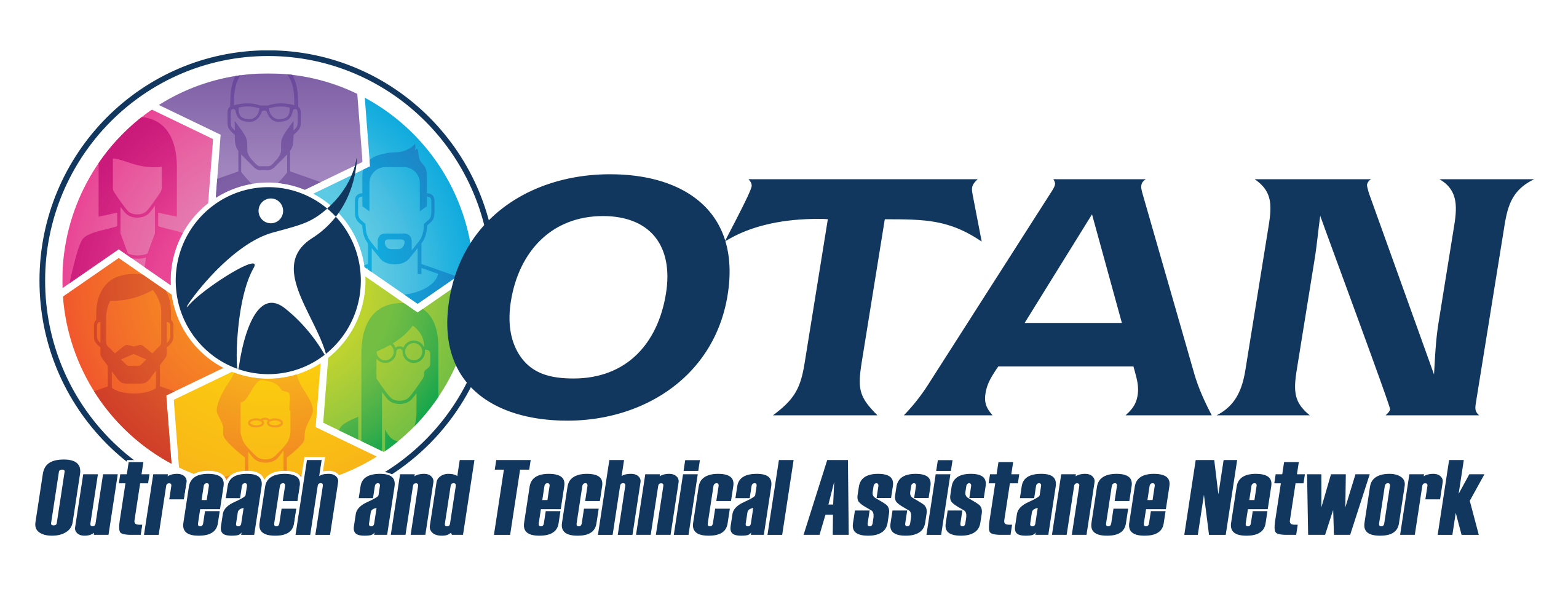Search
ASE: High School Diploma
145 Results
Activity Description
In this activity, students are introduced to the concept of allegory by using George Orwell’s widely read the novella, Animal Farm. This lesson consists of the following four activities: Animal Farm and Allegory, The Collective Farm and the Communist State, What’s in a Name, and Tyranny by any other Name…
Program Areas
Activity Description
This lesson invites you to supplement your students' reading of The Diary of a Young Girl by connecting the diary to the study of history and to honor the legacy of Anne Frank, the writer, as she inspires your students to use writing to deepen their insights into their own experiences and the experiences of others.
In the class activity, students look at a series of maps to gain an idea of the territorial changes in Europe after World War I up to the beginning of the defeat of Germany. They complete a map intended to show the speed and reach of Germany's wartime expansion. Then students share information about the German occupation in some European countries, which they then compare to the situation in the Netherlands. Lastly, students analyze a map.
Program Areas
Activity Description
Program Areas
Levels
Activity Description
In this activity, students are shown a video called “What in the World… History Compressed” and then later asked to write about it. The emphasis is on critical thinking. The Web site contains videos, political cartoons, and pictures that encourage students to think critically.
Screenshot of Working the Web for Education - Tom March - Critical Thinking
Program Areas
Levels
Activity Description
In this activity, students learn to recognize and describe the characteristics of living organisms. Students view several different short videos and complete a worksheet identifying the characteristics of life observed in each video.
In the microscope imaging station (see link in the Example Web Site above), you will introduce students to unique life science activities that let them work with research-quality microscopic images and videos. In the Flipbooks section, you can use printable images from the time-lapse movies to make flipbooks (handheld animations that students can make at home).

